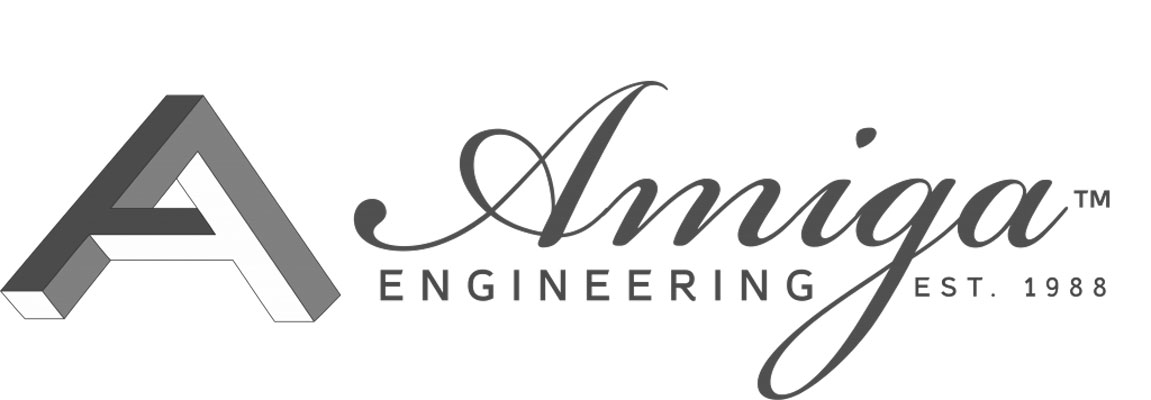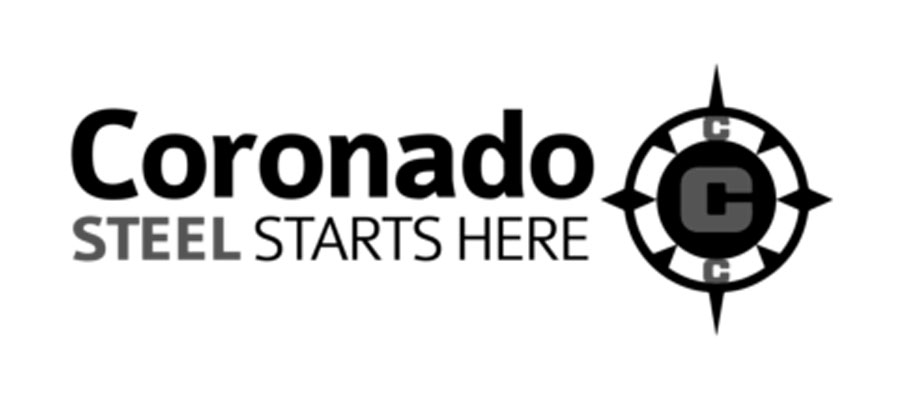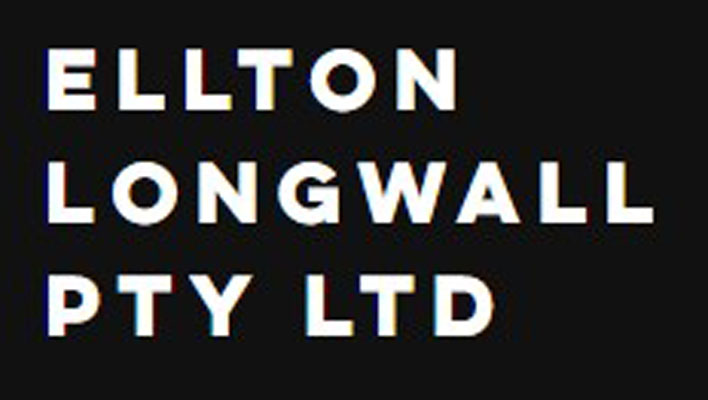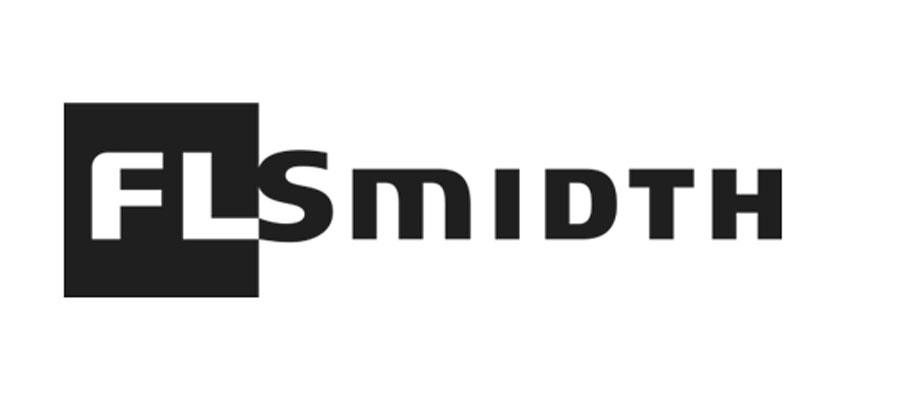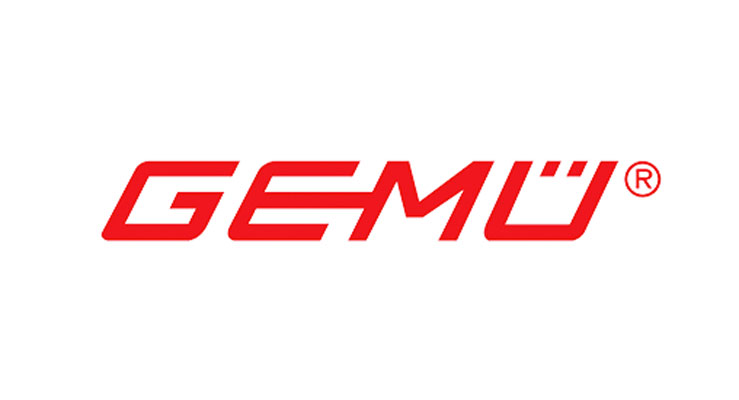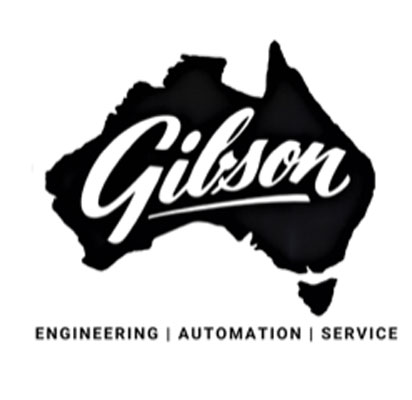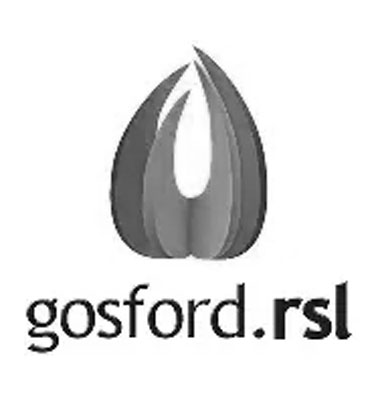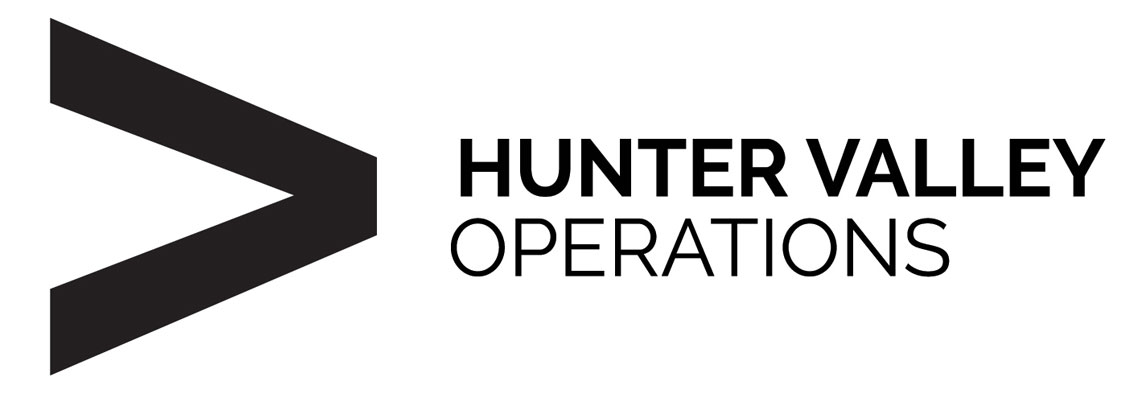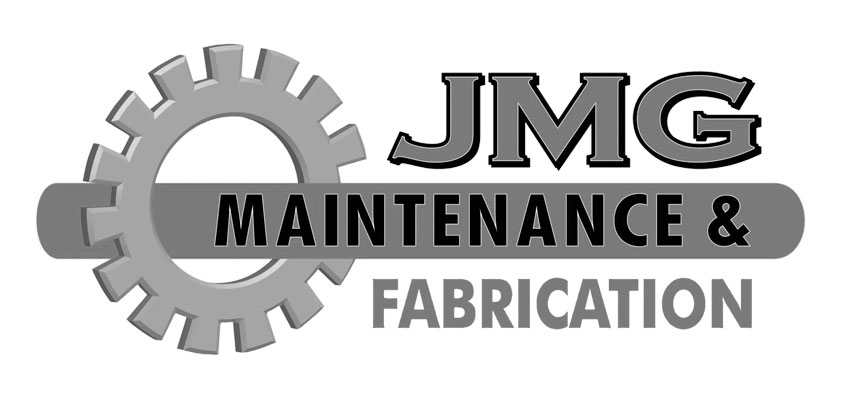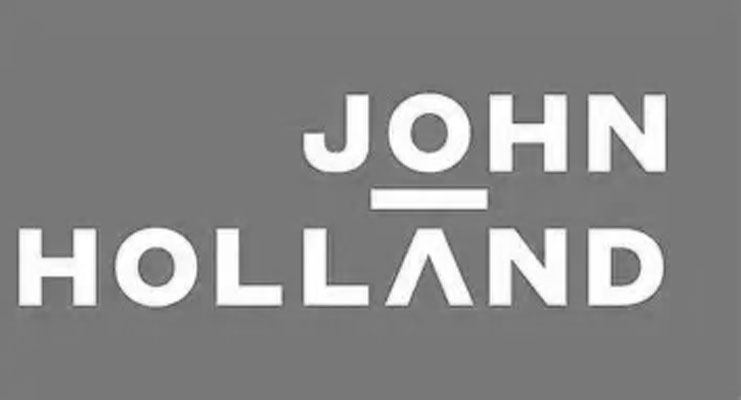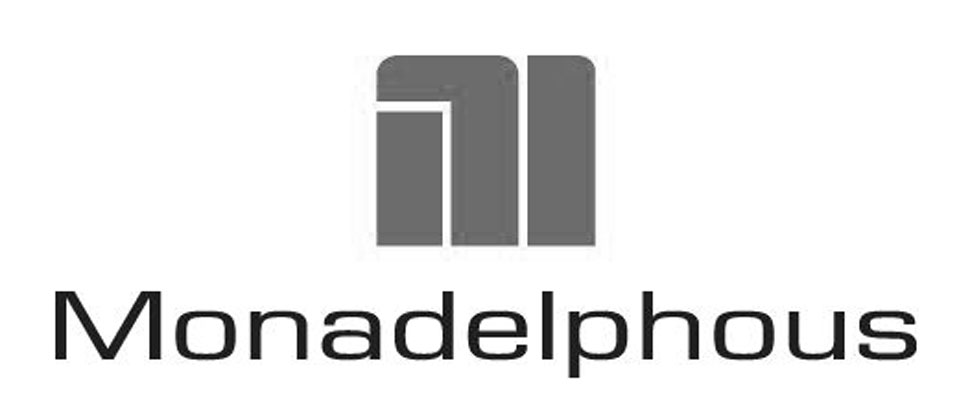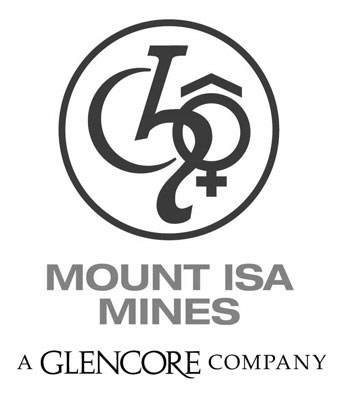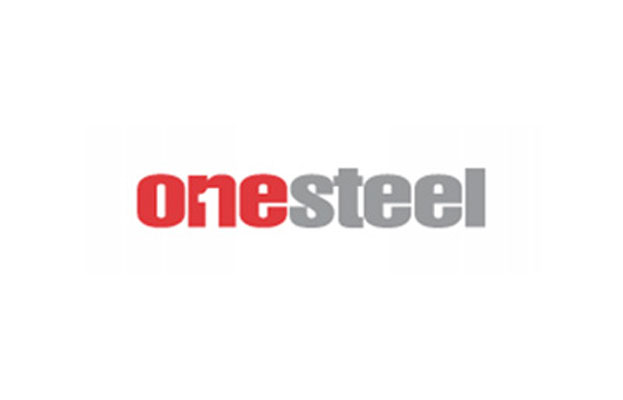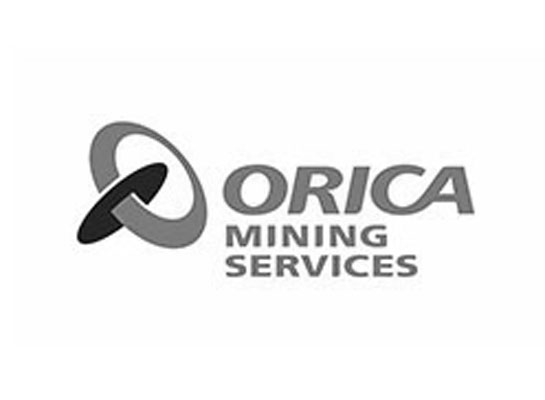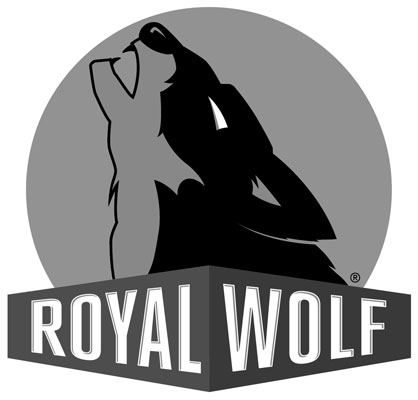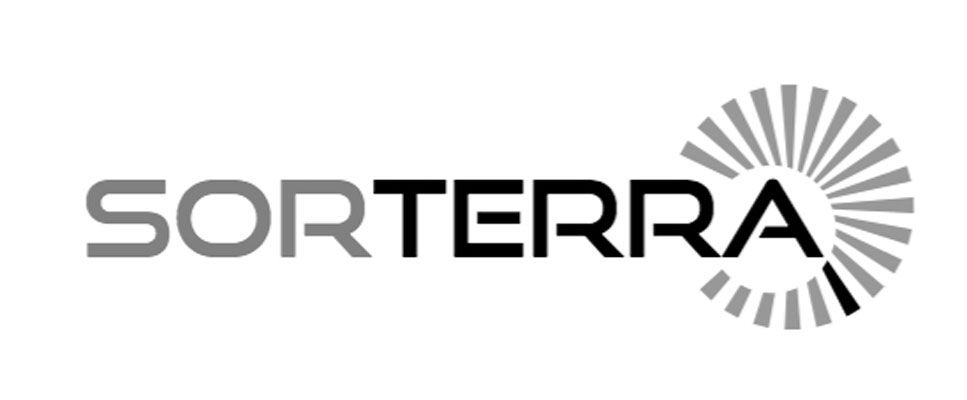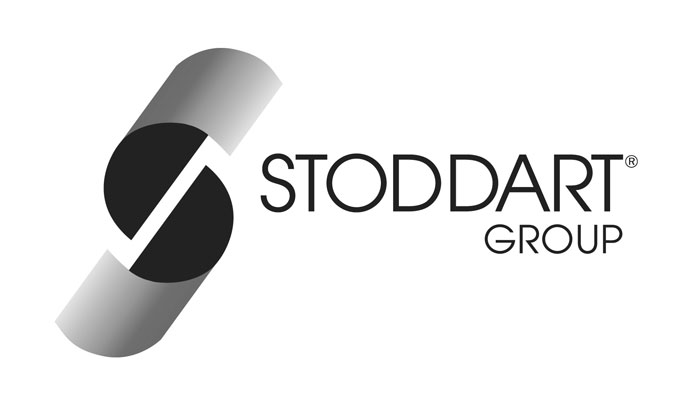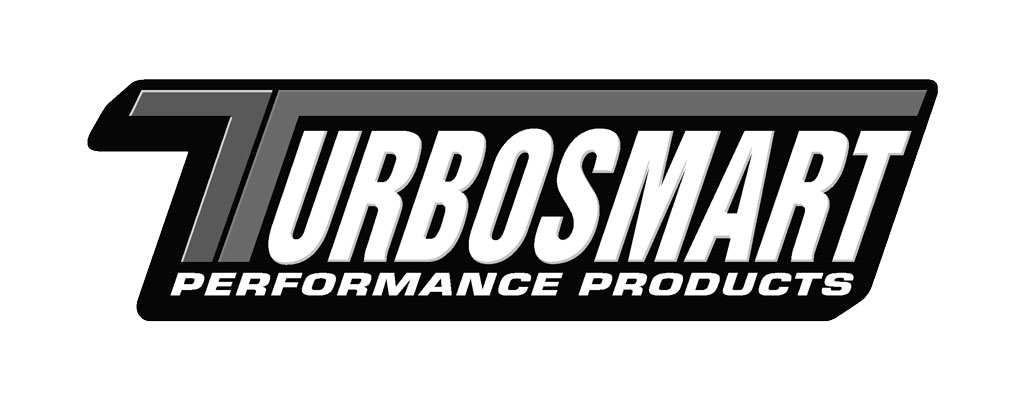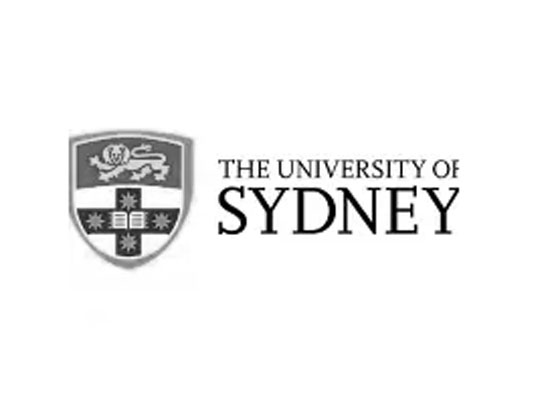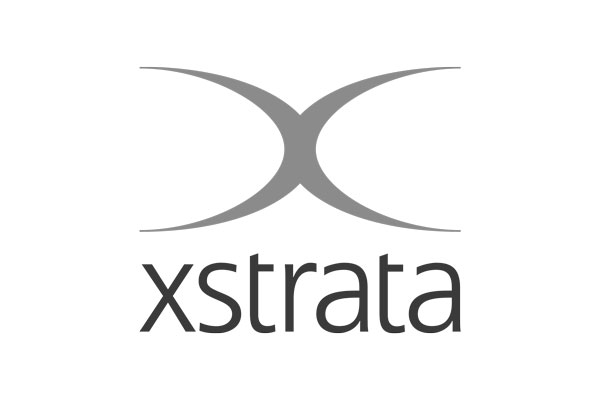3D Scanning Engineering in Devonport
Devonport plays a critical role in Tasmania’s economy. As the state’s primary freight and passenger gateway to the mainland, it combines a working industrial port, heavy logistics infrastructure, manufacturing, and transport corridors within a compact coastal city. Engineering in Devonport is defined by reliability, throughput, and tight operational constraints — there is very little margin for error.
In this environment, incomplete information leads to risk. Accurate as-built data, practical engineering judgement, and buildable documentation are essential.
Hamilton By Design supports Devonport projects with engineering-led 3D LiDAR laser scanning, mechanical and structural engineering, 3D modelling, FEA, and easy-to-build fabrication drawings with engineering approval, helping asset owners and contractors plan, design, and deliver with confidence.
Engineering in Devonport: Port, Logistics, and Reliability
Most engineering work in Devonport is brownfield and operationally sensitive. Typical projects involve:
- Port and wharf-adjacent infrastructure
- Freight terminals and logistics facilities
- Manufacturing and processing plants
- Rail, road, and heavy-vehicle interfaces
- Assets operating to fixed shipping and ferry schedules
Because Devonport is a key link between Tasmania and the mainland, engineering solutions must be robust, conservative, and thoroughly verified before construction begins.
3D Laser Scanning for Devonport Sites
High-accuracy 3D LiDAR laser scanning provides the foundation for successful engineering projects in Devonport.
Hamilton By Design captures precise as-built data for:
- Port and logistics infrastructure
- Industrial plant and manufacturing facilities
- Structural steel, pavements, ramps, and access systems
- Coastal and river-adjacent assets
- Sites with outdated or incomplete drawings
3D scanning records the true as-built condition — including misalignment, settlement, corrosion loss, and undocumented changes — without disrupting live operations.
This enables:
- Fewer assumptions during design
- Better planning around short shutdown windows
- Reduced risk during fabrication and installation
- Improved coordination across port and logistics interfaces
Learn more about our scanning services here:
3D Laser Scanning
3D Modelling from Real As-Built Conditions
From the point cloud, Hamilton By Design develops accurate 3D CAD models that reflect what actually exists on site — not what legacy drawings suggest.
Our 3D modelling services support:
- Brownfield upgrades and asset modifications
- Integration of new infrastructure into tight footprints
- Clash detection between plant, structures, and transport paths
- Construction staging and logistics planning
- Digital asset records for ongoing maintenance
In Devonport’s space-constrained port and industrial environment, modelling from real data significantly reduces rework and operational disruption.
Explore our modelling capability:
3D CAD Modelling
FEA for Verification of Critical Infrastructure
Devonport assets are subject to repeated heavy loading, marine exposure, and continuous operation. Finite Element Analysis (FEA) is used to verify performance and support safe, defensible engineering decisions.
Hamilton By Design applies FEA to:
- Assess structural capacity and stiffness
- Check deflection, fatigue, and load paths
- Verify modifications to existing steelwork and pavements
- Support strengthening and life-extension strategies
By analysing as-built geometry, FEA results better reflect real behaviour — essential for port and logistics infrastructure where failure has wide-reaching consequences.
Learn more about our analysis services:
FEA Capabilities
Easy-to-Build Fabrication Drawings with Engineering Approval
Clear, practical documentation is critical for Devonport projects, where construction often occurs around live freight movements and fixed operating schedules.
Hamilton By Design delivers easy-to-build fabrication and installation drawings, including:
- General arrangement drawings
- Fabrication and workshop details
- Installation, lifting, and staging layouts
- As-built documentation
Drawings are developed directly from scanned data and validated 3D models and can be issued with engineering approval, giving fabricators and contractors confidence that what is built will fit, function, and comply.
View our drafting services here:
Drafting Services
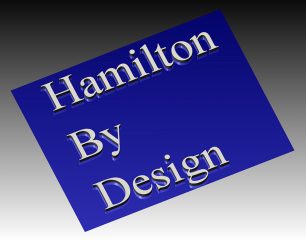
Why Hamilton By Design in Devonport?
Hamilton By Design provides a single, engineering-led digital workflow — from site capture through to modelling, analysis, and construction documentation.
For Devonport clients, this means:
- Reduced risk on port and logistics-critical sites
- Better decisions before shutdowns and construction begin
- Designs grounded in real site conditions
- Fabrication-ready drawings backed by engineering sign-off
Whether you’re upgrading port infrastructure, modifying industrial facilities, or planning new logistics assets, Hamilton By Design delivers accurate, practical, and build-ready engineering solutions tailored to Devonport’s unique operational demands.
Our clients



